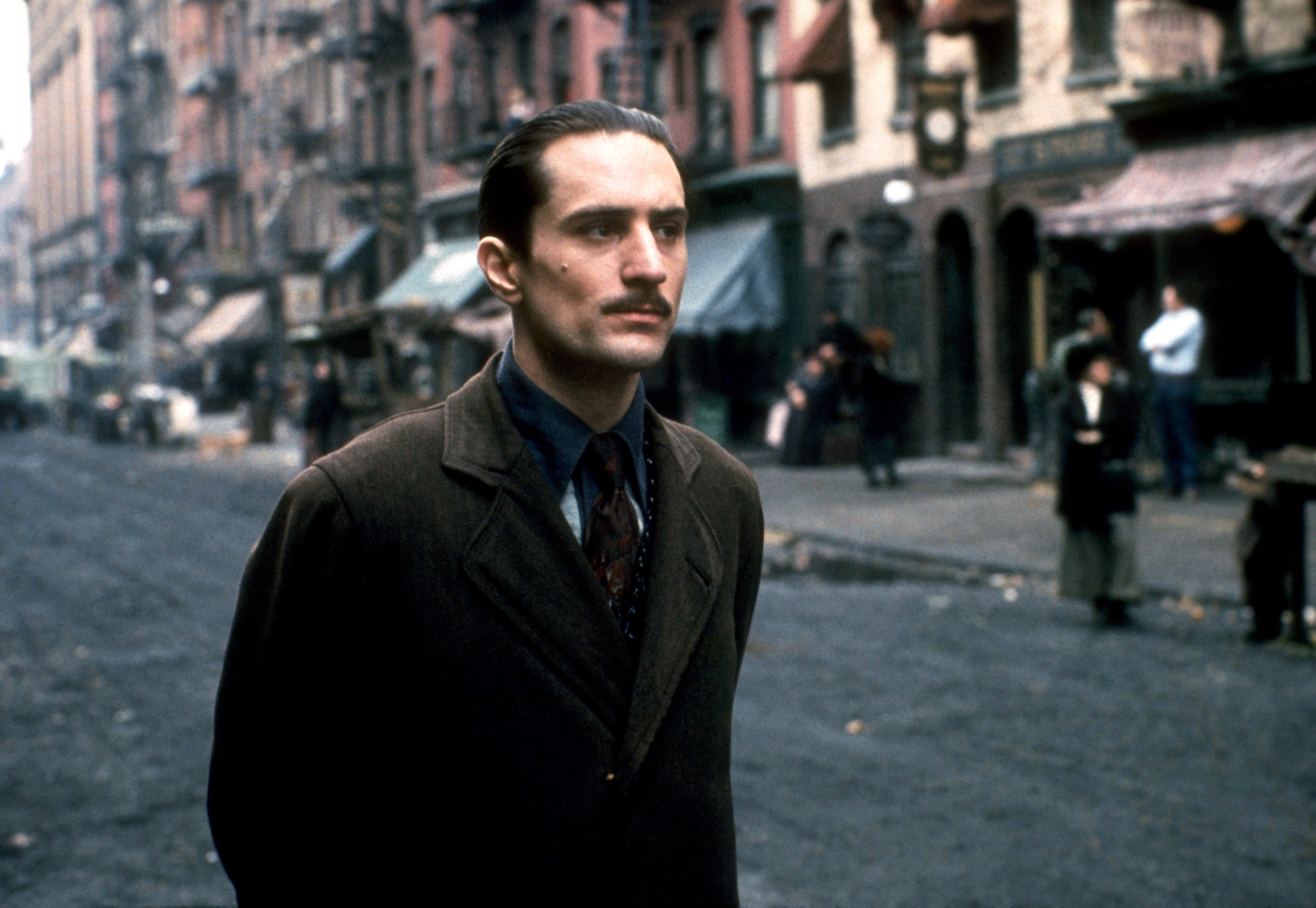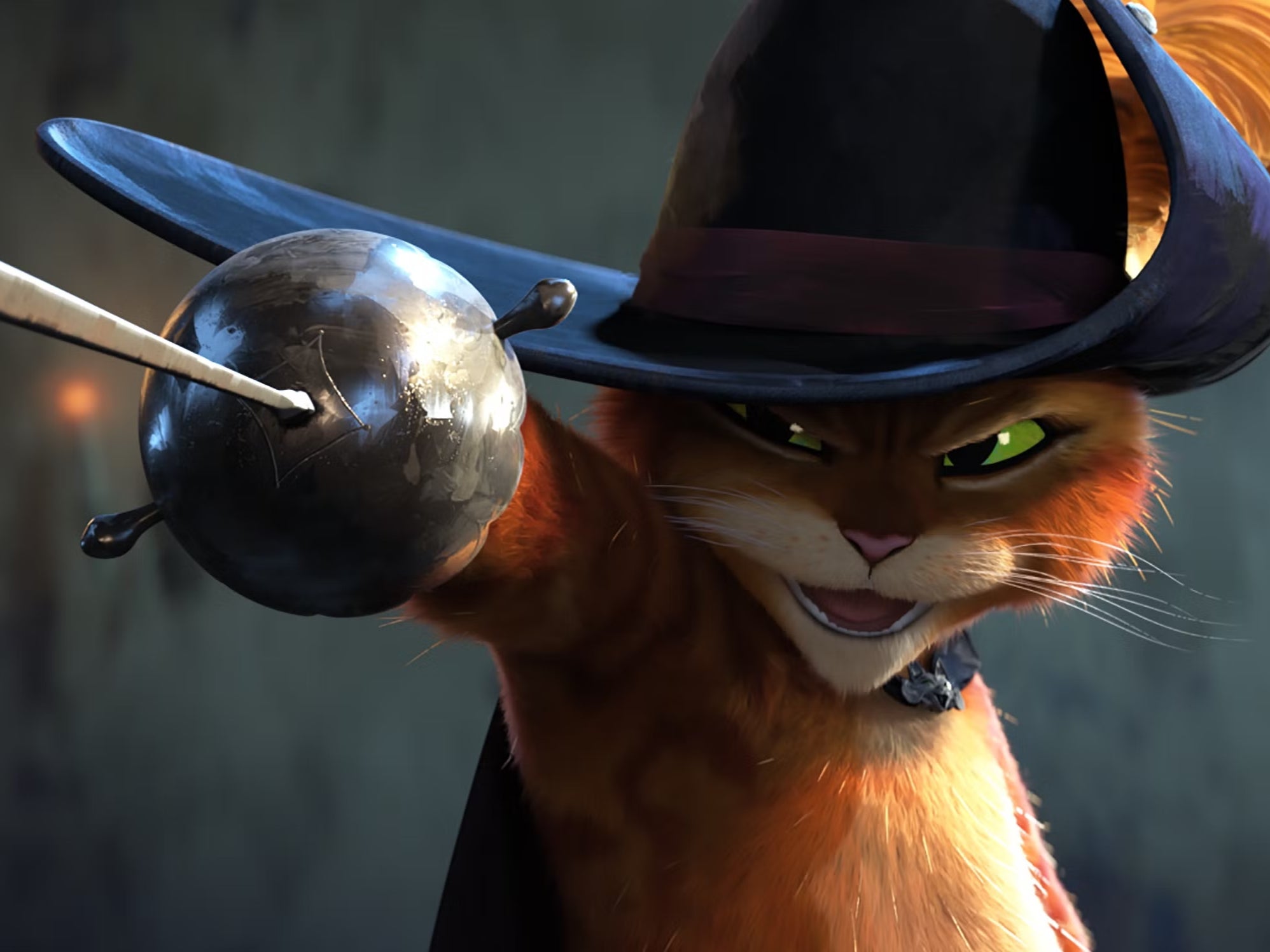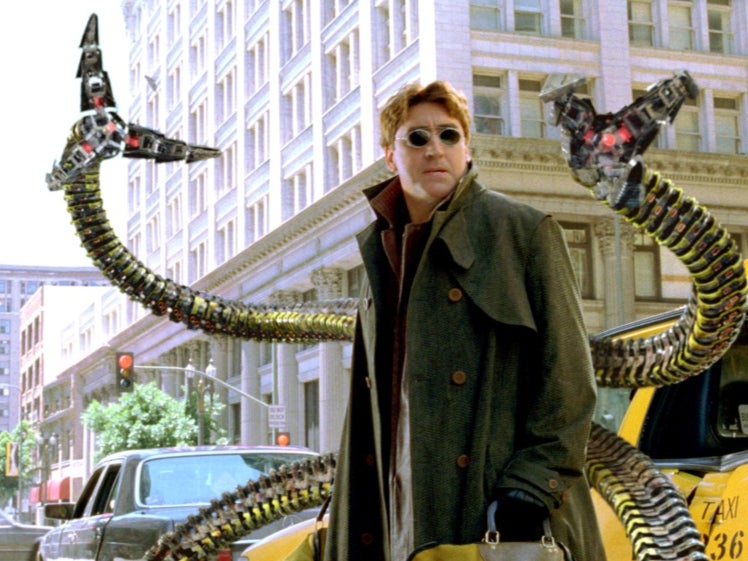We all know Hollywood loves a sequel. In an era of franchises, reboots and endlessly mined intellectual properties, there’s no shortage of them to choose from, yet sadly they often seem to be governed by the law of diminishing returns.
Yet that isn’t always the case. Sometimes a sequel arrives that far outstrips the film it’s based on: smarter, funnier, deeper or just more thrilling. Here are 12 sequels that were better than their predecessors.
Terminator 2: Judgement Day
James Cameron’s 1984 sci-fi action hit The Terminator, starring Arnold Schwarzenegger as a terrifying time-traveling cyborg assassin was a near-perfect chase movie, but Terminator 2: Judgement Day (1991) took those same ideas and turned everything up a notch. Helped by advances in CGI, Cameron also came up with the genius idea of bringing back Schwarzenegger as a good guy, this time facing off against a much more advanced and sinister foe in the shape-shifting T-1000, played by Robert Patrick. Meanwhile, Linda Hamilton’s Sarah Connor also develops from a damsel in distress to a ferocious protector of her young son John (Edward Furlong).
The Godfather Part II
Perhaps a controversial choice given that Francis Ford Coppola’s 1972 The Godfather is widely considered one of the greatest films ever made, but the director’s follow-up two years later is arguably even better. Certainly, the Academy thought so, making it the first ever sequel to win Best Picture at the Oscars (a feat only matched by Peter Jackson’s The Lord of the Rings: The Return of the King). The Godfather Part II serves as both a sequel and prequel to the original gangster epic, with Robert De Niro brought in to play the young Vito Corleone character originated by Marlon Brando and Al Pacino returning as his son Michael.

Evil Dead II
Sam Raimi’s debut independent horror Evil Dead became his calling card in 1981. While the film still holds up, it’s also clear that the director didn’t quite yet have the means to bring all his bold and original ideas to life. Evil Dead II, released in 1987, is both a sequel and a partial remake, and ends up being funnier with more fully-developed effects.
When the original Paddington arrived in cinemas in 2014, it was widely praised as an entertaining and enjoyable children’s movie, with fun for all the family. That solid base gave director Paul King (who made his name on the cult BBC sitcom The Mighty Boosh) the license to fully expand and explore a more creative vision for the sequel, aided by an all-singing all-dancing Hugh Grant introduced as villainous actor Phoenix Buchanan. The Independent’s Geoffrey McNab called it a “superior sequel so full of charm and good humour that it should delight audiences everywhere.”

There was hardly a clamor for a sequel to the serviceable Shrek spin-off Puss In Boots (2011), so little wonder that the follow-up film languished in development hell for over a decade. What was truly surprising was that when it finally arrived in 2022, it was moving and beautifully animated, blending action set pieces with a child-friendly grappling with mortality. The film sees our feline hero come to accept the inevitability of death, a bit like if Dreamworks had made The Seventh Seal, but with more jokes about cats burning through nine lives.
Reversing the trend of most film franchises, Mad Max has been on an upward trajectory pretty much since maverick writer-director George Miller kicked things off over four decades ago. The original Mad Max (1979) was bettered by Mad Max 2 (1981) and the bonkers Mad Max Beyond Thunderdome (1985), but Miller outdid all of them when he returned to the sun-bleached Australian outback for 2015’s Mad Max: Fury Road. Tom Hardy took over from Mel Gibson in the title role, Charlize Theron stole the show as Furiosa and Miller somehow pulled off some of the most astounding road (and off-road) sequences ever filmed. As Steven Soderbergh once famously said of Fury Road: “I don’t understand how [Miller] does that, I really don’t, and it’s my job to understand it. I don’t understand two things: I don’t understand how they’re not still shooting that film and I don’t understand how hundreds of people aren’t dead.”
Sam Raimi clearly has a knack for sequels. The Evil Dead II director’s original 2002 Spider-Man with Tobey Maguire was well received, but the follow-up which introduced Alfred Molina’s Doctor Octopus dazzled fans and critics alike. The Chicago Tribune delivered one of many reviews that said the sequel “improves upon its predecessor in almost every way.” The Independent’s Al Horner went a step further, calling it “the definitive superhero movie.”

The Dark Knight
The difference between a superhero movie soaring or taking a dive often hinges on the strength of the villain, and The Dark Knight had one for the ages. Christopher Nolan’s 2008 sequel to his 2005 origin story Batman Begins cast Heath Ledger as the Joker and reaped the benefits by giving the superhero an unforgettable antagonist who lifted the film series to a whole new level.
The Empire Strikes Back
Sure, Star Wars was a phenomenon from the moment the original film debuted in 1977, but the 1980 follow-up The Empire Strikes Back elevated the franchise to a whole new level. With all the world-building (or rather, galaxy-building) legwork out of the way after the first film, the sequel had the space to stretch itself into a darker narrative delivered with snappier dialogue. Series creator George Lucas brought in screenwriters Leigh Brackett and Lawrence Kasdan, who delivered a more polished story, and the whole thing wrapped up with one of the great twists in movie history.
Toy Story 3
As the first entirely computer-animated feature film, Toy Story was truly groundbreaking when it was released in 1995. It also introduced the world to Tom Hanks’s Woody, Tim Allen’s Buzz Lightyear and a whole toy chest full of co-stars. Toy Story 2, released in 1999, examined the idea that these toys would eventually become obsolete as their child grew up, but it was arguably 2010’s Toy Story 3 that delivered the most heart-wrenching story of the lot as the toy’s child god Andy heads to college and they find themselves dispatched to live out their days at the Sunnyside Daycare center.
If Denis Villeneuve’s first Dune movie in 2021 created an immersive and gorgeously vivid world, then the 2024 sequel was where the director really lit it rip. After assembling all the pieces in the original film, the second installment sees the action come to a head while the diverging paths that Timothée Chalamet’s Paul Atreides and Zendaya’s Chani must take slowly becomes clear. The big question now is whether Villeneuve will be able to repeat the trick for the upcoming Dune: Messiah.
Star Trek II: The Wrath of Khan
After 1979’s Star Trek: The Motion Picture was met with middling reviews, it seemed like long-running science fiction show Star Trek might not be long for this world. A complete overhaul for the 1982 sequel saw series creator Gene Roddenberry forced out in favor of a new team made up of executive producer Harve Bennett, screenwriter Jack B. Sowards and director Nicholas Meyer. The trio produced a swashbuckling adventure that features a memorable death scene for Spock, the only way actor Leonard Nimoy would agree to take part. The film was recently added to the National Film Registry at the Library of Congress for preservation (Star Trek: The Motion Picture was not).







